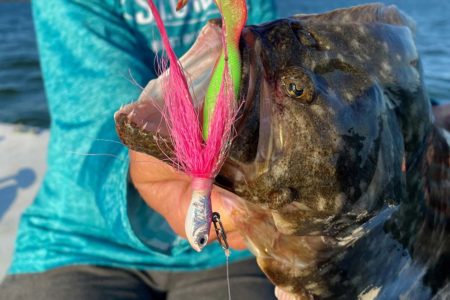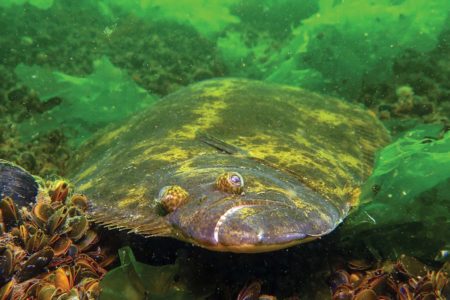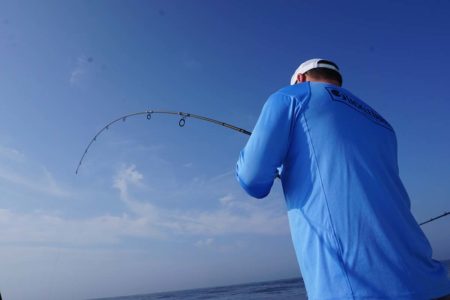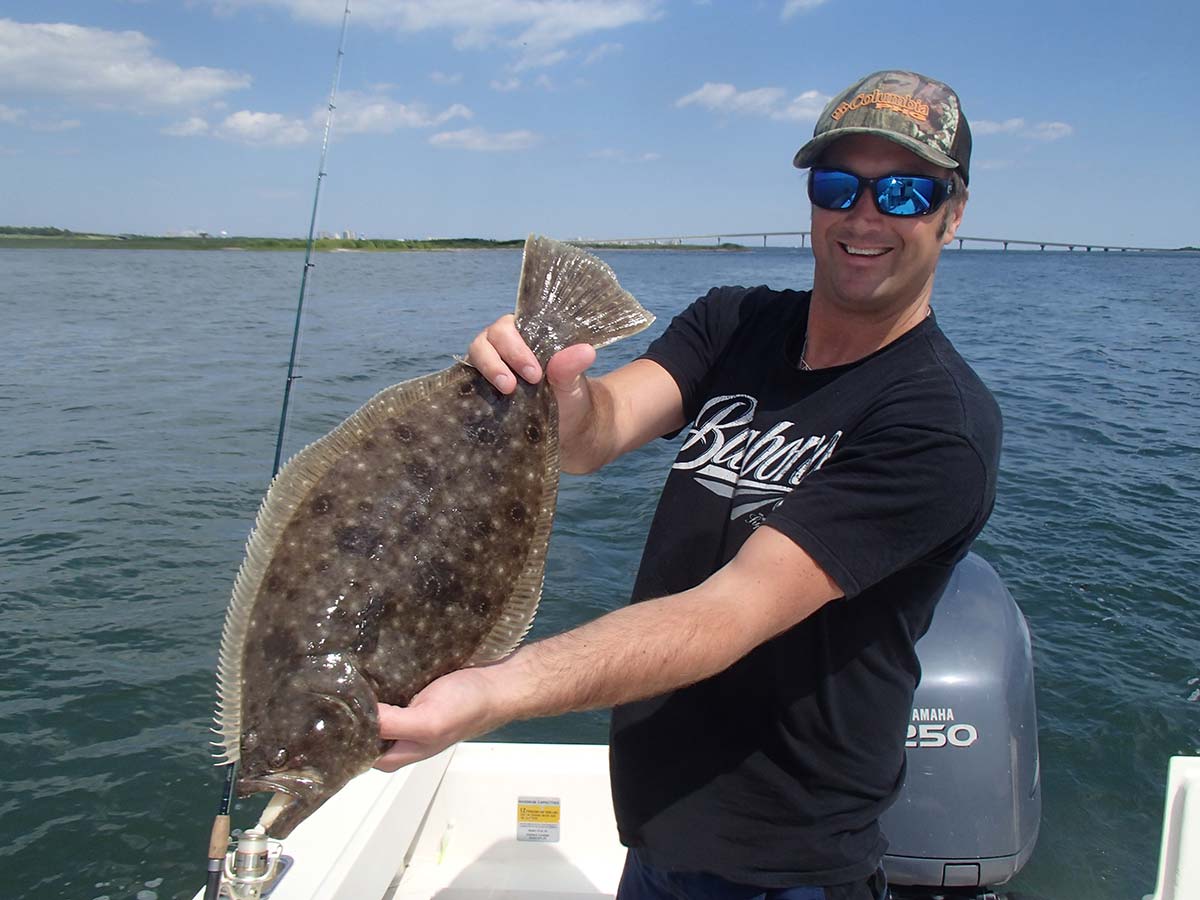
May tactics for channel hopping fluke behind the Jersey Shore.
Fluke anglers are chomping at the bit to get at such an early fluke season opener on May 2. We haven’t had such early bird starts to the season like we had in 2022 and now in 2023 than we’ve ever had in the previous 15 years or so; that bodes well for back bay anglers.
Fluke stack up in the backwater river systems and bays in late March through early June, after which a good majority will push out of the back bays to stack up along the coastline from mid-summer through fall. But for now in May and early June, some of the largest fluke of the year are caught in the shallow backwaters when they slide off the flats and into the channels inside the river systems and back bays.
Understanding early season channel tactics will help put the first flatties into the cooler.
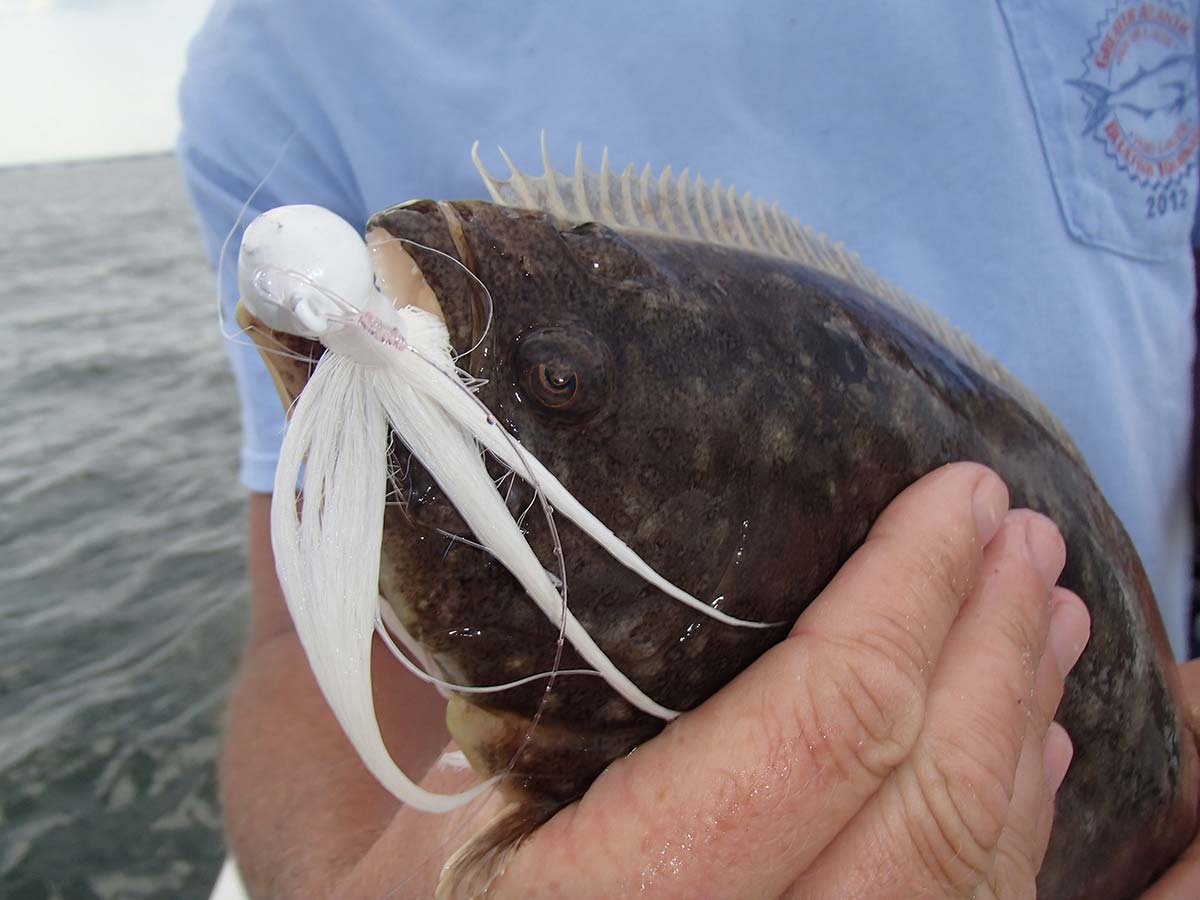
Skinny First, Then Deep
At the start of May, water temps are generally hovering anywhere from 47 degrees on incoming tides to 60 degrees on outgoing tides. That colder water generally means that fluke tend to hang in shallower waters of say 4 to 7 feet to warm up on the mud and sand flats during days of high sun. As the month rolls onward, fluke typically slide down off the flats and into the deeper slopes and channels themselves that may run anywhere from 12 to 25 feet of water.
The Intracoastal Waterway (ICW) channel is a prime location to set your drifts with a big focus on fishing the outgoing tides during the early to middle part of the month as outgoing waters are warmer, sometimes even a 5- to 10-degree elevation in temp rise as the back flats warm up and spill out. By late May, outgoing water temps could be well into the high 60s and even 70 degrees where fluke will mainly be hanging on the channel bottoms with more frequency and not on the flats so much any longer.
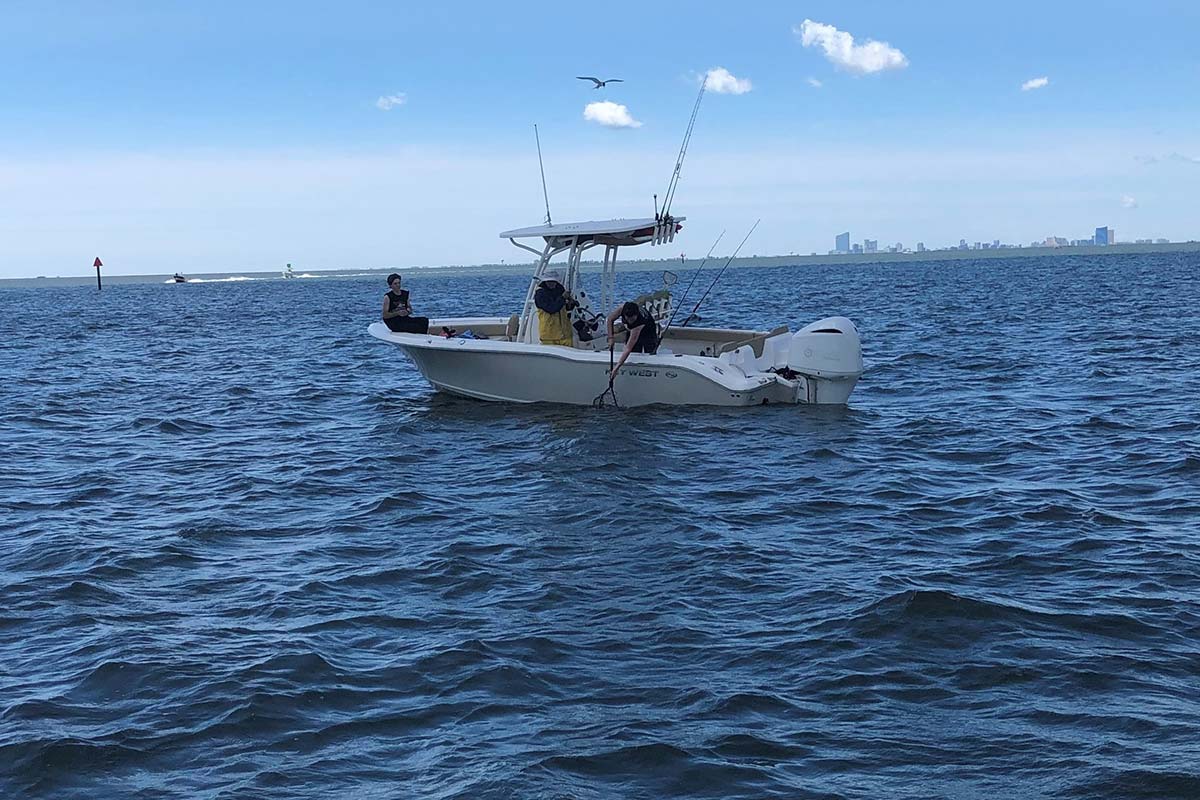
By far, my automatic default method for tempting bay channel fluke is with light roundhead bucktails that range anywhere from 3/8- to a half-ounce. Straight white, white/yellow, white/chartreuse and white/pink are top color combos. In May as waters are still cold relatively speaking, fluke tend to key in more on scent than action when it comes to feeding as they are a bit sluggish and sometimes will only sit on or cover a bucktail whereas fresh bait will have them open their mouth to inhale. Any bucktail is tipped with a 3- to 4-inch Gulp Swimmin’ Minnow or strip of fresh bluefish, mackerel and sea robin. And don’t forget to tie a dropper loop 18 inches above the bucktail to loop on a size 2/0 bucktail hair teaser and lance on a bait strip as well.
When the drift is less than a knot, you can maintain contact with the bay floor. Simply pop the bucktail with slight twitches of the rod tip; not sweeping swoops, but little twitches just to hop the buck an inch or two off the bottom. Perfect set-ups for light bounce bucktails are a 7-foot spinning rod with a medium/fast action, such as a 7-foot St. Croix JIS70MF or Shimano Terramar rod TMSE70M with Shimano Stradic 5000 reel spooled with 30-pound Power Pro and 25-pound Seaguar fluorocarbon leader.
Stitching Channels
When drifting, presentation and approach to a fluke is key as baits have to look naturally flowing with the corresponding current. Tidal flow and wind influence will determine your drift. Ideally you want to have a diagonal type of drift through a channel to work the downslope edge, into the channel, then the upslope edge. If you have luck on that drift, then re-drift the same line. If not, pick up and repeat the pattern shifting down 30 yards or so until you find a spot where packs of fluke are hanging. That’s the idea of “stitching” the channel. Think of it like sewing up a tear in clothing, the “stitching” allows you to work upslopes, downslopes and the channel bottom along the whole stretch of channel, covering all the ground possible, sewing up the seam, until you find an area that is holding fish.
Myriad officially marked channels exist all up and down New Jersey back waters. You can start at the “unofficial terminus” of the ICW waterway system at the Manasquan Inlet through the Manasquan River system, then down into Barnegat Bay through Oyster Creek and Double Creek Channels to find channel flatfish. Raritan Bay’s west side backwaters off the Keyport Flats, then out toward the Ammo Pier and channel off the Coast Guard station are also great early season hot spots.
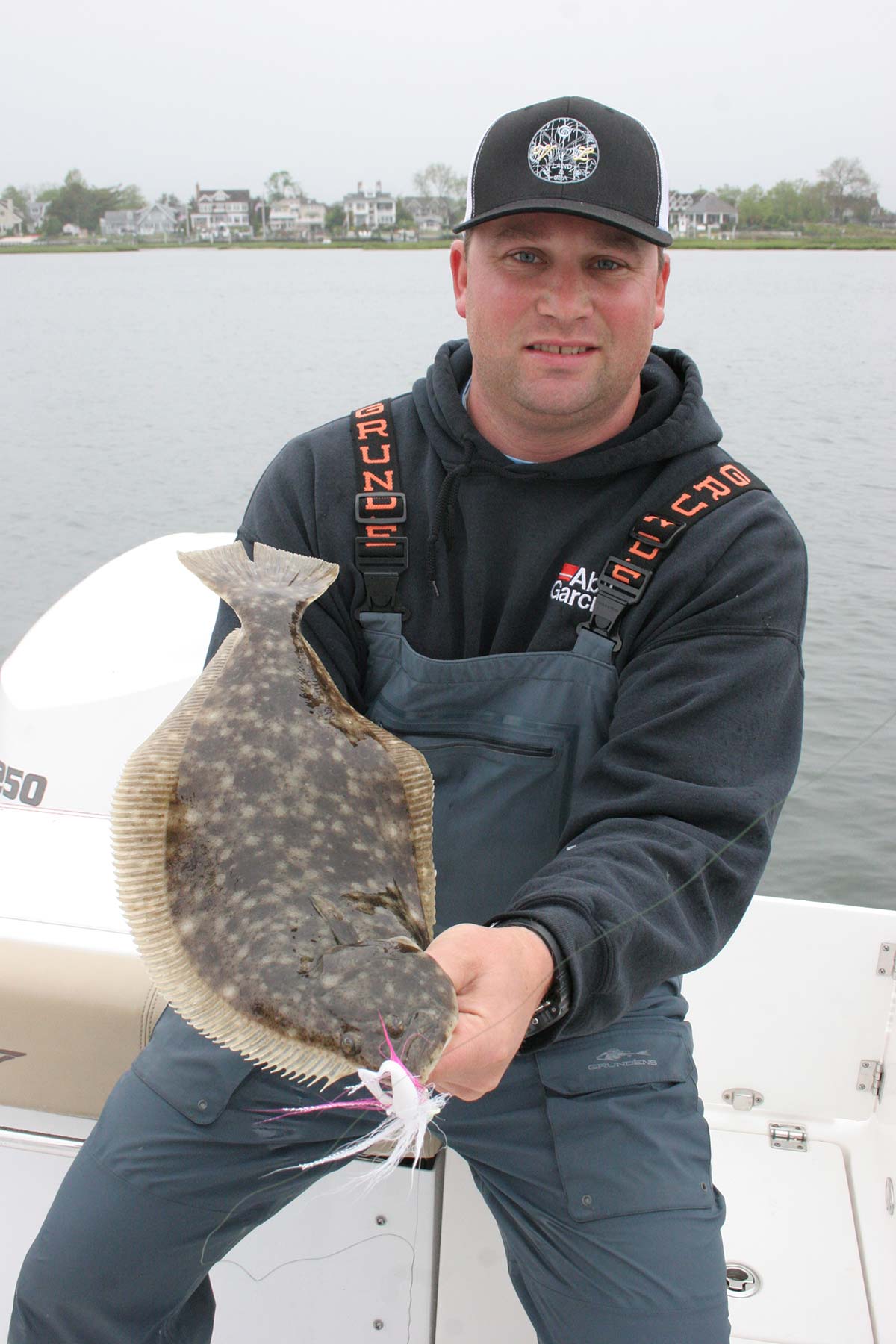
To the south, Great Egg Harbor’s many channels like Rainbow and Elbow are hot, while Sea Isle’s ICW and LBI’s Grassy Channel area produces well in May. While these official channels are easy to identify and fish, there are plenty of “secret” channels, holes, sluiceways and cuts in local bay and river systems that will have the same impact and rewards for bucktail bouncers. Think about dugouts by gas docks and marinas, cuts by bridge pilings, inlet areas and sod bank funnel ways; all will hold early season fluke in their changing depths.
Back bay channel fluking with light tackle is one of the most satisfying ways to fish. Hooking up with a 5- to 8-pound class summer flounder using a small bucktail and cajoling the fish up off the bottom for a long fight in only 10 feet of water adds a vibrating level of excitement to backwater fishing.
Targeting channels, cuts, sluices and holes of the backwaters is a solid bet to score with your first legit fluke of the year.
